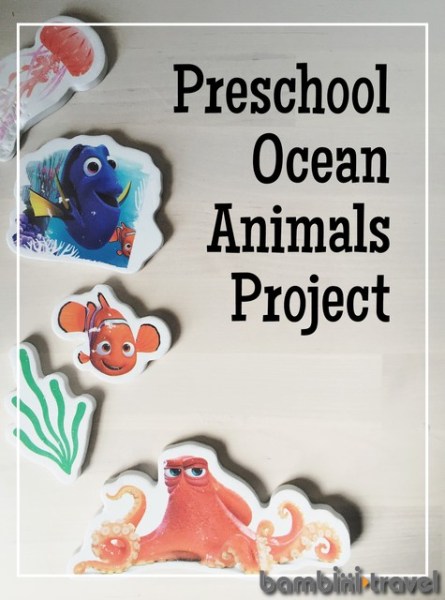Preschool Ocean Animals Unit

“Woah! Look at this one mom!” She holds up her shelf as another foaming wave crashes around her waist. My daughter is on her hands and knees at the edge of the ocean digging through the wet, soupy sand for shells. Every few minutes she grabs hold of another spectacular find. Her enthusiasm for each is equal and endearing.
She is on a hunt for a snail shell. She saw one at the aquarium the week before and she is intent on finding one here in the ocean.
The week before it was sea stars and a few days before that she was observing how the tide affected the sand. The learning opportunities at the beach are seemingly endless.
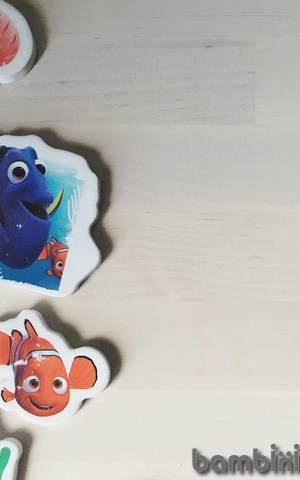
Preschool Ocean Animals Project

GO : Field Trip Ideas
Go to the Beach
Search for shells, play in the sand, pretend to be fish swimming in the sea and more.

Visit an Aquarium
Most big cities have an aquarium and they are awesome spots for learning about ocean animals. We visited the New York Aquarium several times during our unit. It has some fun fish tanks, an awesome seal show, and these touch tanks (pictured above) during warmer months.
Visit the Zoo
If your city or area doesn’t have an aquarium, the zoo might also be a good field trip idea. A lot of zoos have a water animals section. You might find native fish, otters, or even bigger animals like sea lions.
Go on a Dolphin Cruise or Whale Watching Adventure
If your child is interested in the big animals in the sea, there might be nothing better than seeing them up close out in the sea. If you have the means and opportunity, this is an inspiring field trip for an ocean project.
affiliate links are included below.
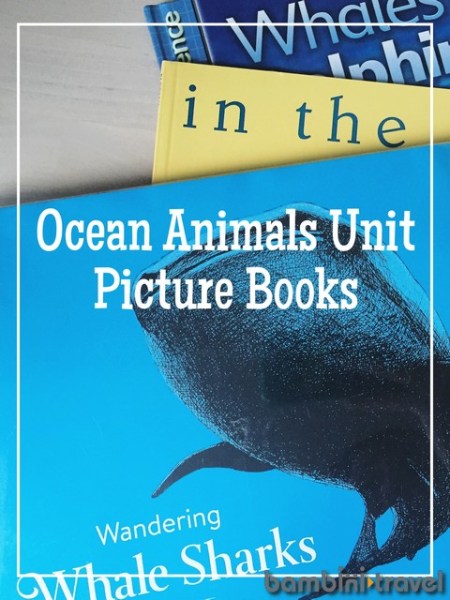
READ : Children’s Book List
Books are always my starting point for this type of unit. Good books inspire, inform, and leave us wanting more. Here are our favorites from our Ocean Animals Unit.

The Ocean Alphabet Board Book by Jerry Pallotta
Order Online
A-Z through the ocean. This book covers everything from the Atlantic Ocean and Bluefish to Yellowtail Flounder and Zillions…of fish in the sea. 1+

Awesome Ocean Science by Cindy A. Littlefield
Find Online
A whole book of kid’s science experiments about the ocean! Fascinating information and fun hands on activities. This book is intended for older children, but we were still able to find activities that 4 and 5 year olds could do. 5+
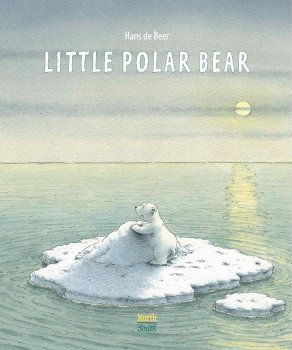
Little Polar Bear series by Hans De Beer
Order Online
Sweet stories about a little polar bear who has amazing adventures in and around the freezing arctic ocean. 3+
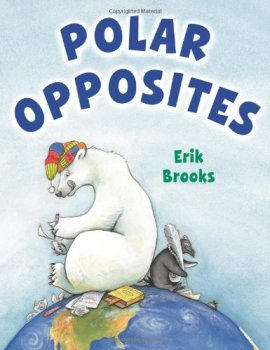
Polar Opposites by Erik Brooks
Order Online
Alex, a polar bear and Zina, a penguin not only live on opposite sides of the world, but they are opposites in every sense of the world. One is messy. One is neat. One likes to get up early. One gets up late. Even the way they travel is different. However, despite their polar opposites Alex and Zina are best friends and in the end they can “ALWAYS meet in the middle!” This is such a sweet story about embracing differences that talks about opposites, oceans and artic animals, and friendship. 2+

Atlantic by G. Brian Karas
Order Online
“I am the Atlantic Ocean” begins this stunning book. It is told from the perspective of the Atlantic Ocean and is teeming with information. What makes this book truly amazing is the illustrations. They brilliantly capture the immense size, the movement, and the varied tones of the Atlantic. 3+
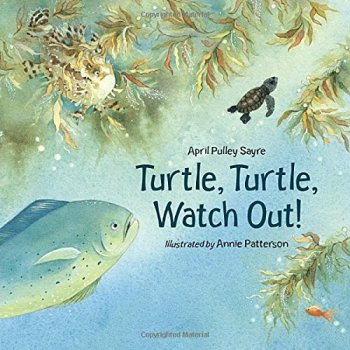
Watch Out Turtle! Watch Out! by April Pulley Sayre
Order Online
I shared this book as part of our UNIT ON TURTLES and it has continued to be a favorite. The turtle the story follows is born on a beach in Florida so I included it with our Atlantic Ocean books but sea turtles live in all the oceans except for the Arctic Ocean.
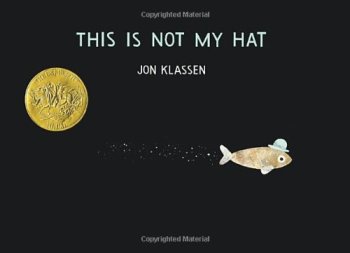
That’s Not My Hat by Jon Klassen
Order Online
I love this book for anytime, but it does fit well with an Ocean Animals Unit. It is a silly and suspensive story about a tiny fish who steals a tiny hat from a very big fish. If you haven’t, find this one and read it. Now. 3+
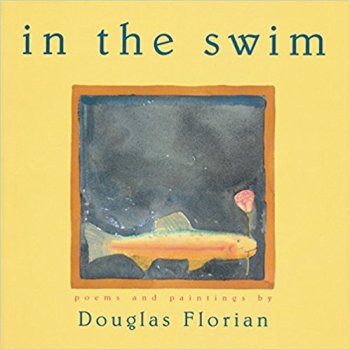
In the Swim by Douglas Florian
Find Online
We have read and re-read this quirky collection of poems many times during this unit. The poems are brief but often funny in a soft, playful way that mirrors the watercolor illustrations. Our favorite is the poem about the sharks who can park wherever they wish. 4+
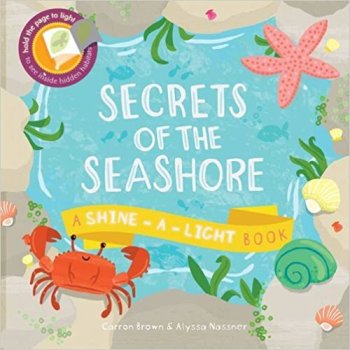
Secrets of the Seashore by Carron Brown & Alyssa Nassner
Find Online
This book is part of the Shine-a-Light series from Usborne and it’s wonderful. The pages are designed to reveal a secret when you shine a flashlight behind them. In this particular book, the secret habitats along the seashore are revealed. Starfish, barnacles, small fish and other animals can all be spotted along the shore. This is a fun one to cozy up in a darkened room with a flashlight and read before bed. 2+

Wandering Whale Sharks by Susumu Shingu
Find Online
The stunning black and brilliant blue illustrations are what captured my eye. Wandering Whale Sharks follows a whale as it swims around the ocean. The book shares simple facts while beautifully capturing the poetic strength of these huge animals. 3+

The Blue Whale By Jenni Desmond
Find Online
The stunning illustrations in this book make you completely forget that you are learning anything. This technically falls in nonfiction because it offers the pure facts about whales that a little reader discovers in a book, but it is a beautiful story with soft, watery pictures of an enormous whale and a tiny curious child. 3+

Super Swimmers: Whales, Dolphins, and Other Mammals of the Sea by Caroline Arnold
Find Online
This is a fascinating collection of facts about the big movers under the sea. We love the interesting facts and the soft, watery illustrations. 3+

1001 Things to Spot in the Sea by Katie Daynes
Order Online
From the open sea and a shipwreck to the beach and an aquarium, this fun book covers all things water. My kids love searching the bright, complex illustrations for the different things listed around the edges of each page and soaking in all the details. I like the built in practice with number recognition, counting, and new vocabulary. 3+
PLAY : Activity Ideas
Literacy
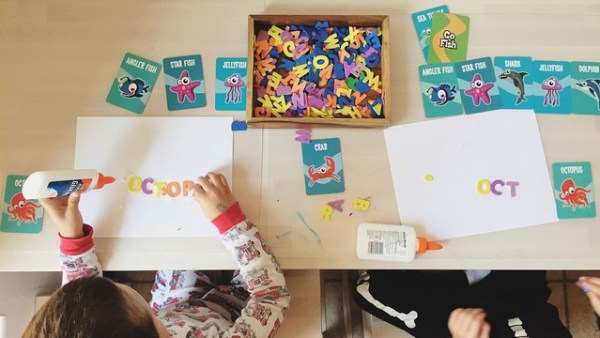
Building Words
I created this invitation using cards from our Go Fish deck (bought at Target), Foam Letters (Order Here), white paper and glue. It was one of our many Morning Invitations during this unit.
Math
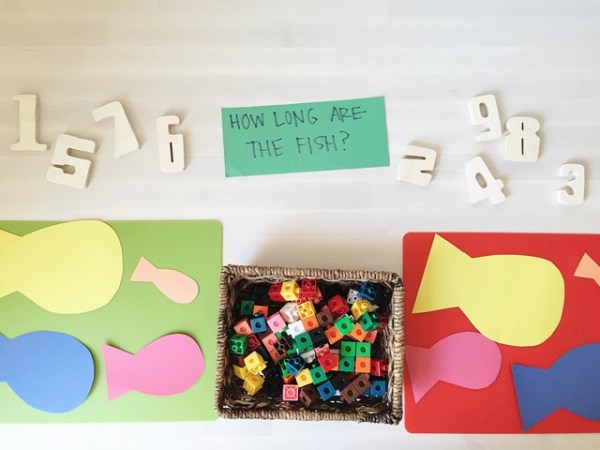
How Long Are The Fish?
This Math Morning Invitation was inspired by Teach Preschool‘s math table. We practiced measuring with the Unifix Cubes and some fish I cut out of construction paper.

How Many Ways Can You Make a Fish?
This activity only requires some tangrams and a little creativity. I believe that playing with and manipulating shapes is an important component of mastering shapes. An activity like this also encourages flexible thinking. If you want to increase the math, encourage your child to keep a tally and assign an actual number to the number of ways they create different fish.
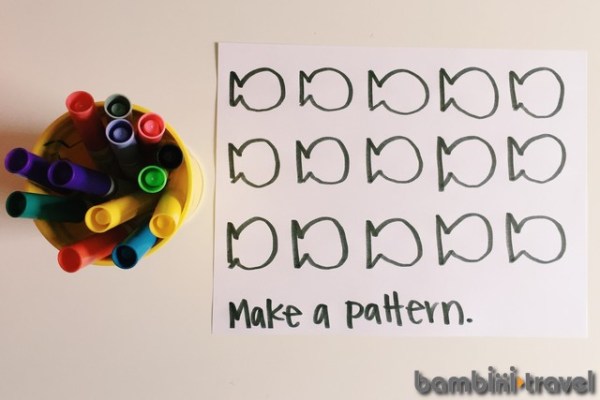
Make a Pattern Quiet Time Invite
This is a simple sheet that I drew and then made a couple of copies of on our printer/copier. As you can see, very limited artistic skill is needed here. My twins were able to do this on their own (at 4 years old) once I read the directions on the bottom of the page to them. We have worked on patterns a fair amount. My daughter quickly made a blue, green, blue, green pattern and my son made a rainbow fish, pink fish pattern – which you can imagine took a lot longer. The point was it was an easy, more open-ended way to work on pattern in the context of our unit.
Science & Sensory

Collections
On your field trips to the beach, find things to start a collection. We built seashell and rock collections this summer. If you can’t get your hands on the real thing, you can also order them and still do fun activities. With you collections:
*Use a magnifying glass to look closely at your finds.
*Sort, classify, and order your collection in different ways.
*Make observational drawings of your favorite items.

Experiments
The sink or float experiment pictured above is such a classic I’m not going to bore you with the details, but my son found it in the back of one of our books about dolphins. He asked for help to round up the materials and wanted me to clarify one of the directions, but otherwise he conducted this one all on his own. He loved that the apple floated, that was a huge surprise.
Creativity
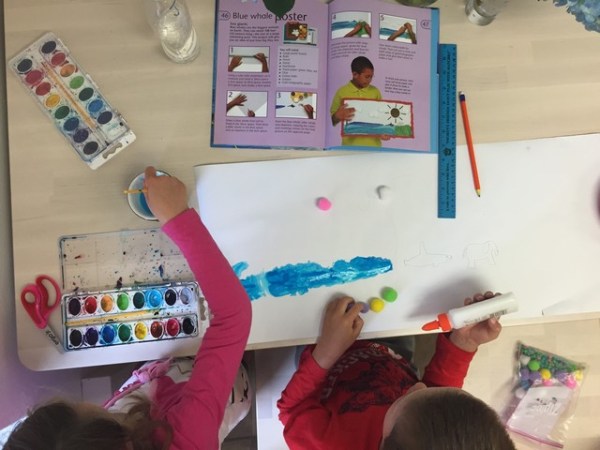
Collaborative Mural
This one was inspired by the same dolphin book that suggested the sink or float experiment. Again, they did this almost entirely independently one afternoon. Stage One: Paint the water. My son insisted we needed sand along the bottom of the ocean so he took charge of that part. My daughter and I experimented with mixing shades of blue, green, and white to create water colors for the ocean water. Stage Two: Add the animals. They did this in a few ways, I think the ones they created separately and then attached to the paper worked the best.
Fine Motor

Sailboat Peg Invitation
We love this simple Pegs & Patterns toy. I set out the ones that related to our unit on one of the shelves in their playspace during the unit.
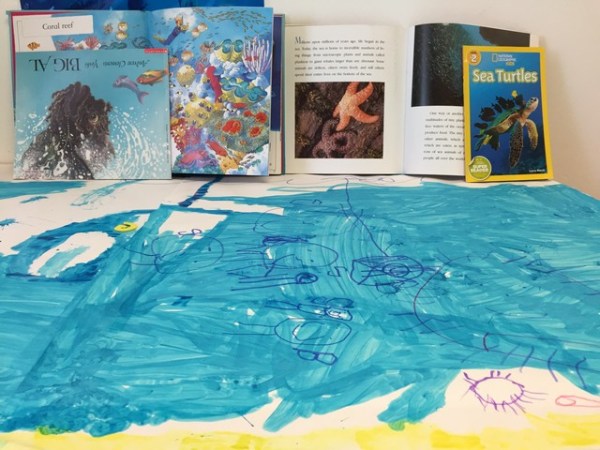
Finish Your Unit
This step is always hard for me. Where does it end? When has a unit really concluded? I don’t think my kids have stopped learning about the ocean or ocean animals. They are still curious, they still have questions, they still love going to the beach and the aquarium. At some point though, interest starts to head in a different direction. Their play starts to reflect other interests or the focus of our conversations takes on another topic.
also read: 20+ Unit Ideas for Kids Who Love Animals
With this unit, play themes started to shift back towards building and constructing things – a popular topic this year in our house – so I started thinking of ways to draw our Ocean Animals Unit to a close. I shouldn’t have bothered though, because they quickly came up with the perfect idea all on their own. One morning, they worked together to create this huge mural. It was much grander and more detailed than the one inspired almost a month earlier by one of their books (above in the art section)
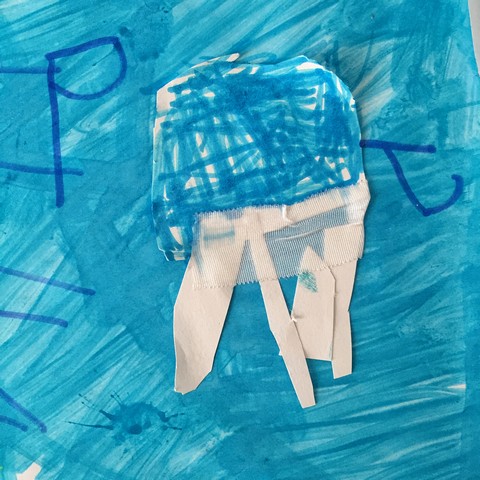
The mural included many of the things they had learned about and their conversations while they constructed it could easily be used as evidence of all of the deep learning and thinking that has occured.
They used our whole stash of Ocean Animals books and a variety of art materials to create a mural as big as our table. When they were done it was huge and detailed and a wonderful way to celebrate all they have learned.
